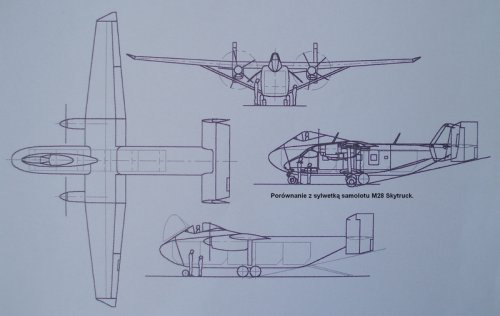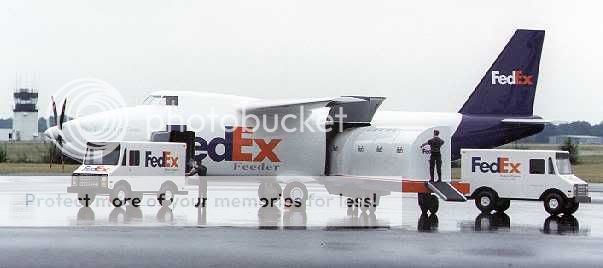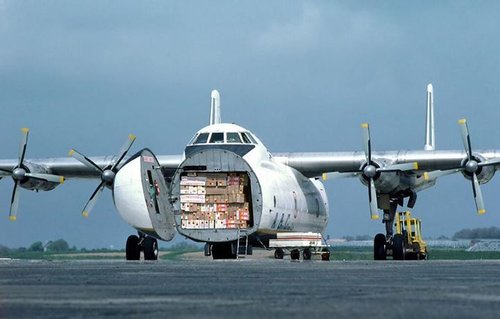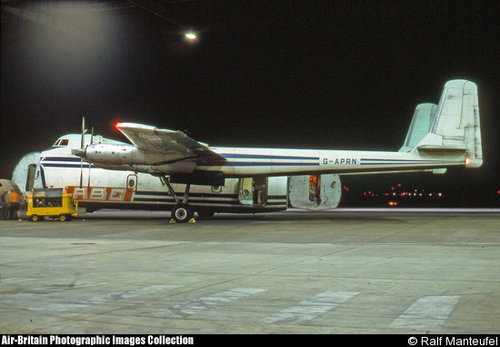- Joined
- 26 May 2006
- Messages
- 34,917
- Reaction score
- 15,791
Hi,
the Polish designer Jaroslaw Rumszewicz created in 1999,a twin engined high wing STOL
transport and cargo aircraft project,but never saw the light.
http://www.samolotypolskie.pl/samoloty/14049/126/Rumszewicz-samolot-transportowy2
the Polish designer Jaroslaw Rumszewicz created in 1999,a twin engined high wing STOL
transport and cargo aircraft project,but never saw the light.
http://www.samolotypolskie.pl/samoloty/14049/126/Rumszewicz-samolot-transportowy2





